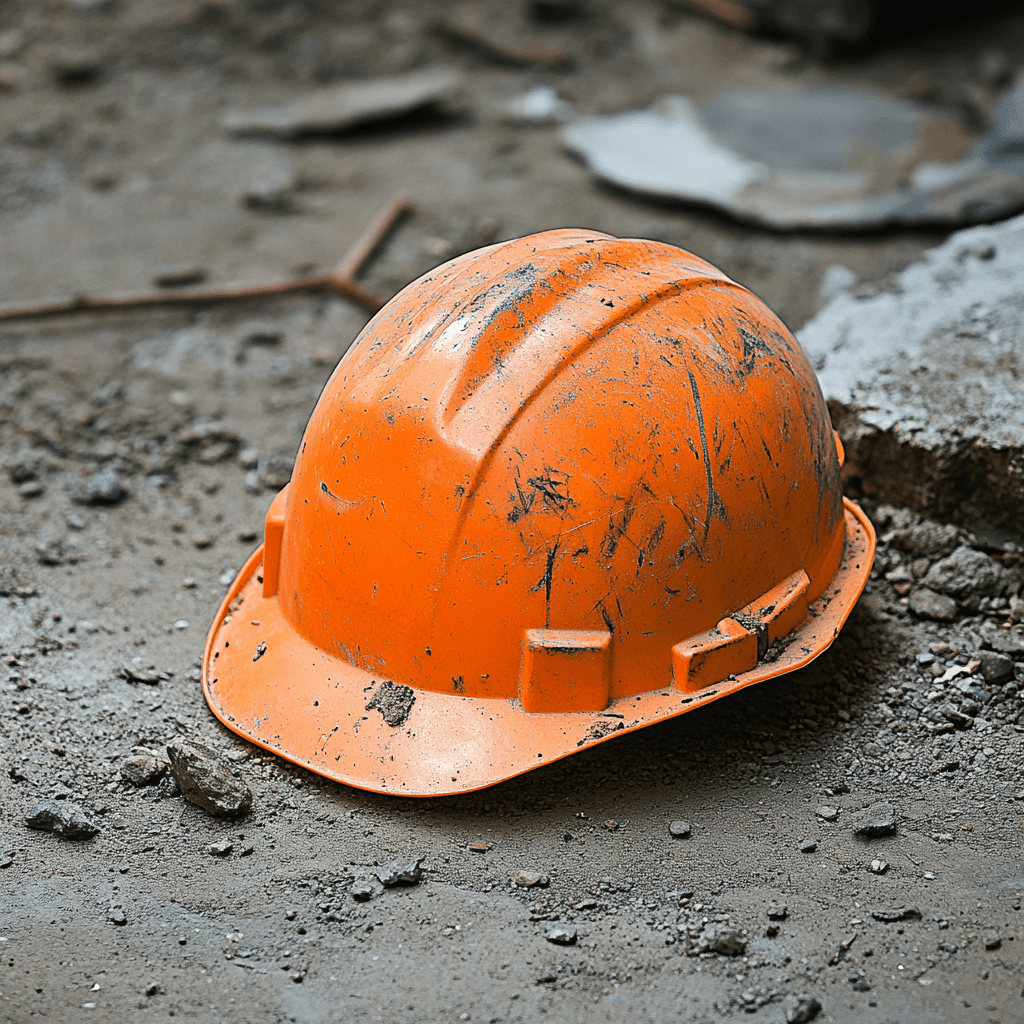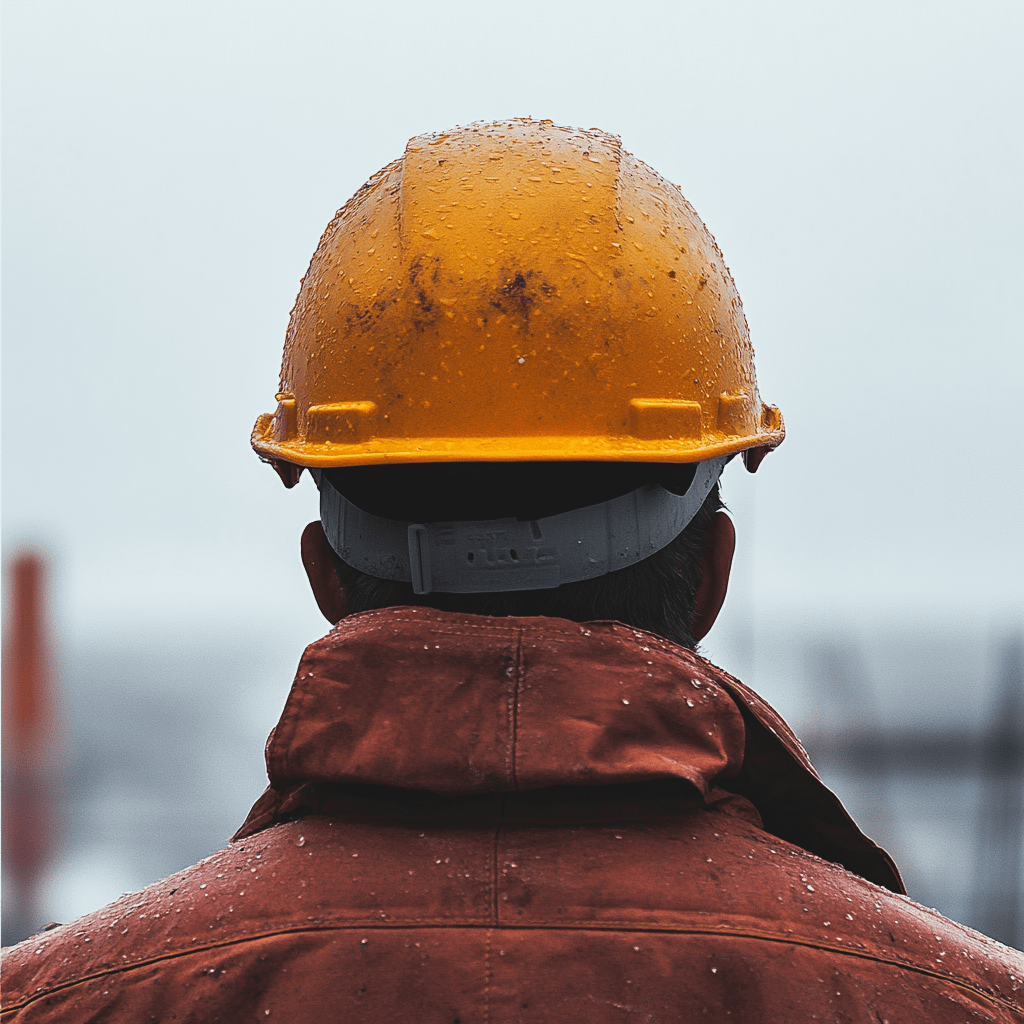Although not every construction job carries the same level of risk, construction is generally considered one of the most hazardous industries in the U.S. Each year, construction accidents leave countless workers—and, in some cases, bystanders—with serious, even life-changing injuries. That’s not to mention a significant number of fatalities. So, just how common are these incidents, what occupations are most at risk, and why do construction accidents typically happen?
How Common Are Construction Accidents?
Data from the U.S. Bureau of Labor Statistics (BLS) indicates that, in 2023, there were 173,200 cases of non-fatal injury or illness in the construction industry, with an incidence rate of 2.3 per 100 full-time workers. On average, injuries and illnesses in the sector make up between six and seven percent of those recorded across all sectors.
Though less frequent, fatal construction accidents are still all too common. In 2023, there were 1,075 deaths due to construction accidents, making it the most deadly industry in terms of total fatalities. Despite this, construction actually has a lower rate of fatal injuries compared to both transportation and material moving occupations and farming, fishing, and forestry occupations.
What Are the Most Common Types of Construction Accidents?
According to 2023 data from the BLS, the most common types of construction accidents include falls, slips, and trips; transportation-related incidents; exposure to harmful substances or environments; and contact with objects or equipment. These categories represent the leading causes of serious and fatal injuries on construction sites nationwide.
Falls, Slips, and Trips
Falls, slips, and trips are the number one cause of fatal injuries in construction. In 2023, there were 421 fall-related fatalities, accounting for 39% of all construction deaths. The majority of fall incidents involve a worker falling to a lower level, often when using a portable ladder or stairs.
Transportation-Related Accidents
Transportation-related accidents were the second most common cause of construction fatalities, resulting in 240 deaths. These incidents often involve workers being struck by vehicles or mobile equipment on-site, or collisions during the transport of materials and personnel.
Exposure to Harmful Substances and Environments
Construction workers are frequently exposed to hazardous substances such as asbestos, silica dust, or toxic chemicals. Long-term exposure can lead to chronic health issues or, in some cases, immediate harm. These types of incidents were linked to 200 construction industry deaths.
Contact Incidents
Contact incidents include injuries resulting from a worker being struck by or caught between objects, equipment, or collapsing structures. These accidents often occur when machinery malfunctions or safety procedures aren’t followed. This type of accident was the fourth most common cause of death, leading to 148 fatalities.
In 2023, there were 173,200 cases of non-fatal injury or illness in the construction industry.
What Are the Most Dangerous Construction Jobs?
Some construction jobs come with a much higher risk of injury or death than others. Below are several roles that consistently rank among the most dangerous in the industry.
Roofing Work
The height of these projects, along with the angles and challenges of weather conditions, make the roofing industry one of the most high-risk types of construction jobs today. Roofers use dangerous tools, are exposed to the elements, and face the risk of electrocution. Common errors leading to accidents include a lack of safety harness use or protective equipment, and improper scaffolding.
Electricians
A person operating in any capacity on a construction site is somewhat at risk of electrical injuries. Those who are highly trained and licensed electricians still face risks. Factors such as electrical equipment malfunctions, lack of proper safety equipment, limited ventilation, or not following protocol can lead to injuries in this component of the industry. Victims can not only suffer from electrocution but also burns and arc flash-related injuries.
Crane Operators
While their work may seem somewhat more protected than other construction positions, crane operators face increased risk for a number of reasons. That includes the risks associated with electrical hazards and weather conditions. Wind can create a risk of the crane toppling over, even if it is not at a high rate of speed. Additionally, the types of injuries incurred tend to be more severe, including head injuries, crushing accidents, and fatalities due to machinery failures.
Demolition Work
Any type of demolition work can increase the risk of accidents on construction sites because of the unknown. Exposure to hazardous materials, structures unexpectedly collapsing, and injuries related to heavy equipment are some common examples of losses. Additionally, lacerations, respiratory infections, and crushing accidents are also common. Lack of following guidelines, unused protective gear, and lack of proper site evaluation and risk assessment are some of the most common causes of these accidents.
Iron and Steel Erector Positions
Those who work with heavy metals in any capacity suffer a high risk of injury. This includes those who work as steel erectors or ironworkers. These individuals often work at extreme heights and handle fast-moving, hard-to-control steel beams. Injuries often include falls, structural collapse resulting in crushing accidents, and burns. A lack of safety equipment is one of the most common causes, though poor site evaluations, limited safety inspections, and lack of risk mitigation strategies can contribute.
Carpenters
Those working with carpentry are often faced with numerous risks on the job, including fast-moving, heavy wood components that can fall or become hard to manage. In addition, carpenters work with highly dangerous tools and often at heights, creating the risk of serious injury from falls, equipment failures, crushing accidents, and repetitive motion injuries. Many of these risks are mitigated with the use of safety precautions as well as site management.

Why Construction Accidents Happen
A construction site accident is often a preventable event. Many people who suffer serious construction site injuries may have been able to avoid those injuries if the proper strategies had been taken to minimize risks. Numerous potential causes exist, with the following being some of the most common.
- Environmental hazards: A lack of environmental oversight can increase the risk of injuries. This includes proper assessment of safety risks, such as structural failure risks and toxic exposure risks.
- Lack of safety equipment: Many accidents occur because workers fail to use safety equipment, which may be due to a lack of training or access to such equipment.
- Rushing: Failing to put up scaffolding properly, taking steps to rush through projects, and not using safety gear because of speed factors all contribute to risks.
- Cost-cutting measures: Some employers may take steps to reduce costs related to safety in order to balance their budget. This may include not replacing faulty equipment, not maintaining equipment and power tools, not hiring well-trained staff, or not providing adequate, updated training.
- Poor communication: In some situations, a lack of communication, especially between contractors and third parties, can increase the risk of serious injuries and losses.
Injured on or Near a Construction Site? Contact Power Rogers Today
If you have been hurt in a construction site accident, contact Power Rogers today for a free consultation. Our Chicago construction accident lawyers can clarify your rights and determine whether you can file a claim for compensation. Many claims are filed against negligent contractors, property owners, and other third parties, and these claims can be pursued in addition to your workers’ compensation benefits.


